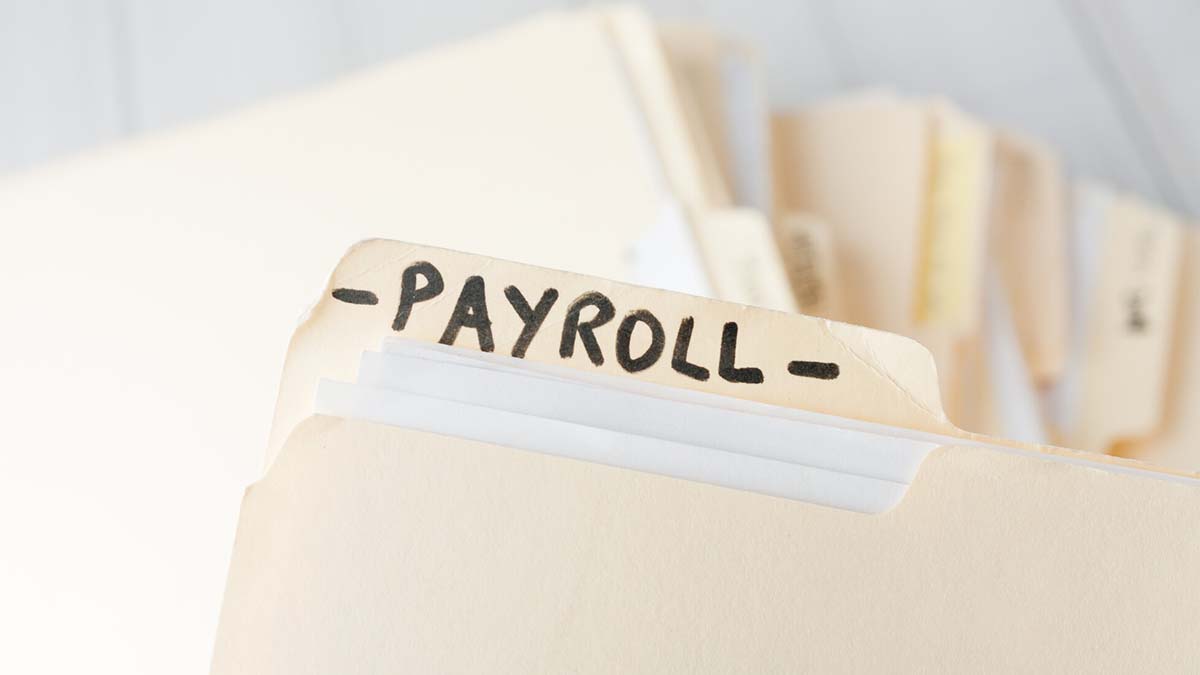Every four years, February magically has 29 days instead of 28. Ok, so maybe it’s not magic. But it is a leap year. And when leap year rolls around every four years, your business needs to be prepared. Read on to learn about leap year payroll and steps for handling payroll during a leap year.
Leap year payroll
So, how can leap year impact your payroll? Well, that depends on a couple of things. Whether or not a leap year will affect your payroll comes down to:
- The day of the week February 29 falls on
- Your pay frequency
If February 29 falls on a certain day of the week (e.g., Monday), you might have an additional pay period during the year. You only have to worry about an extra pay period or pay date during leap year if you run payroll weekly or biweekly.
As a brief recap, the most common pay frequencies include the following:
- Weekly
- Biweekly
- Semimonthly
- Monthly
Depending on your frequency, you may be able to dodge some leap year-related payroll stress.

Weekly
Under a weekly frequency, your employees receive their wages each week. With this frequency, you run payroll more often than any of the other frequency options.
Weekly employees receive 52 paychecks per year because there are 52 weeks in a year. If you have employees you pay weekly, their pay period or date typically does not change during a leap year.
If the year starts on a Thursday or if the year is a leap year and starts on a Wednesday, there will be 53 weeks in the year instead of 52. When this occurs, your weekly employees will have 53 paydays instead of 52.
If you have an employee who gets paid weekly and receives a salary, divide their annual salary by 53 to get their weekly gross pay.
Say your employee makes $53,000 annually before taxes and deductions. Their weekly gross pay during a leap year with 53 weeks would be $1,000 weekly. During a normal year, their gross pay each week would be $1,019.23 ($53,000 / 52 weeks).
If you have hourly employees paid weekly, they also receive an additional paycheck during a leap year with 53 weeks.
Biweekly
Biweekly employees are paid every other week. Employees receive their wages on the same day each period (e.g., Friday every other week). Most of the time, employees receive two paychecks per month. However, there are two months in the year that are considered three-paycheck months.
When you pay employees biweekly, they typically receive 26 paychecks per year. But during a payroll leap year, biweekly employees receive 27 paychecks instead of 26.
If you pay biweekly salaried employees during a leap year with 27 pay periods, divide their annual salary by 27 instead of the normal 26 weeks.
For example, say your salaried employee makes $27,000 per year. During a leap year with 27 pay dates, your employee’s biweekly gross wages would be $1,000 ($27,000 / 27). During a year with 26 pay periods, your biweekly employee’s gross pay would be $1,038.46.
Biweekly employees who are hourly also have an additional pay date during a payroll leap year.
Keep in mind that leap year won’t necessarily impact your payroll every four years. Leap year only impacts biweekly payroll when February 29 falls on a certain day (depending on your pay period and date).
Semimonthly
With semimonthly payroll, employees get paid twice per month on specific dates (e.g., 15th and 30th of each month). Because it’s the same date each month and not the same day of the week, paydays may differ (e.g., Tuesday vs. Friday).
Semimonthly employees get 24 paychecks per year. Although leap years don’t really affect semimonthly employees, it can throw off pay dates for the month of February.
For example, if you pay semimonthly employees on the 15th and last day of each month, you will have to pay them on February 29 instead of February 28 during a leap year.
Monthly
Monthly employees receive one paycheck per month. You must give monthly employees 12 paychecks per year.
Employees paid on a monthly basis are typically paid on the same day each month (e.g., 1st or last day of the month).
Monthly employees’ paychecks are not affected during a leap year. However, if you typically pay monthly employees on the last day of each month, you will pay them on February 29 during a leap year.
Steps for handling payroll in a leap year
Handling payroll during a leap year can be a little confusing. To make leap year payroll go as smoothly as possible, follow the four steps below.
1. Know when a leap year is coming
As an employer, you should know when a leap year is around the corner. Keep track of leap years at your business to prepare for them.
In addition to preparing for leap years ahead of time, you should keep in mind that extra pay periods aren’t exclusive to leap years. Sometimes you may have extra pay periods depending on which day of the week you pay your employees.
Before a new year begins, check your calendar to see what the year has in store for your employees’ pay periods and dates.
2. Inform employees
If your payroll is going to be impacted by a leap year, inform employees about any changes in their pay.
If you’re planning on dividing an employee’s annual pay by the leap year’s paydays (e.g., by 27 for biweekly employees during a leap year), let employees know each paycheck amount will decrease that year due to the additional pay date.
If an employee is salaried, explain that their amount of pay is not decreasing.
Some employers might opt to pay employees the same amount each payday, regardless of the leap year. However, not prorating employees’ salaries leads to higher payroll costs all at once, so many employers decide to prorate employees’ wages during a leap year.
3. Look at payroll deductions and benefits
In a year with an additional pay period, review payroll deductions and benefits. You will likely need to make adjustments to deductions so they are accurate on each payroll.
Don’t forget to check deductions for each employee before a leap year creeps up on you so you know what you need to adjust during the year. Here are a few deductions to keep an eye on:
- 401(k)
- Health insurance
- HSAs and FSAs
- Garnishments
- Life insurance
- Disability insurance
4. Adjust payroll
Along with making adjustments to your deductions and benefits, make sure your payroll as a whole is ready for the leap year. This means verifying that your payroll system is in order, including time and attendance software (if applicable).
Regardless of which payroll method you use (e.g., payroll software vs. payroll by hand), to account for the extra day in the leap year.
If you do payroll by hand, include February 29 in one of your pay periods. And, prepare your payroll ahead of time for the additional paycheck for the leap year.
If you utilize payroll software, check your system to ensure it accounts for the leap year. Payroll software should automatically include the extra day during leap years.
In addition to checking your payroll, make sure your time and attendance is roaring and ready to go if you have employees track their time.
Searching for an easy and affordable way to run payroll? Patriot’s payroll lets you streamline your payroll process so you can get back to what matters most: your business! Try it for free today!
This article has been updated from its original publication date of February 10, 2020.
This is not intended as legal advice; for more information, please click here.






